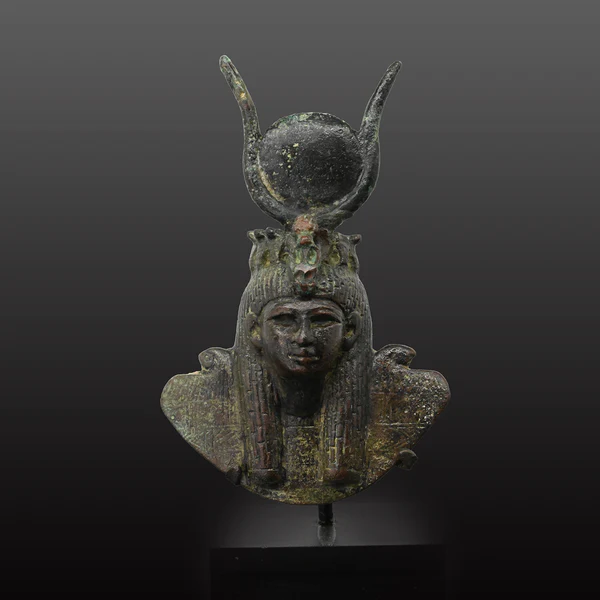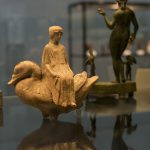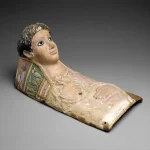Bronze aegis of Isis
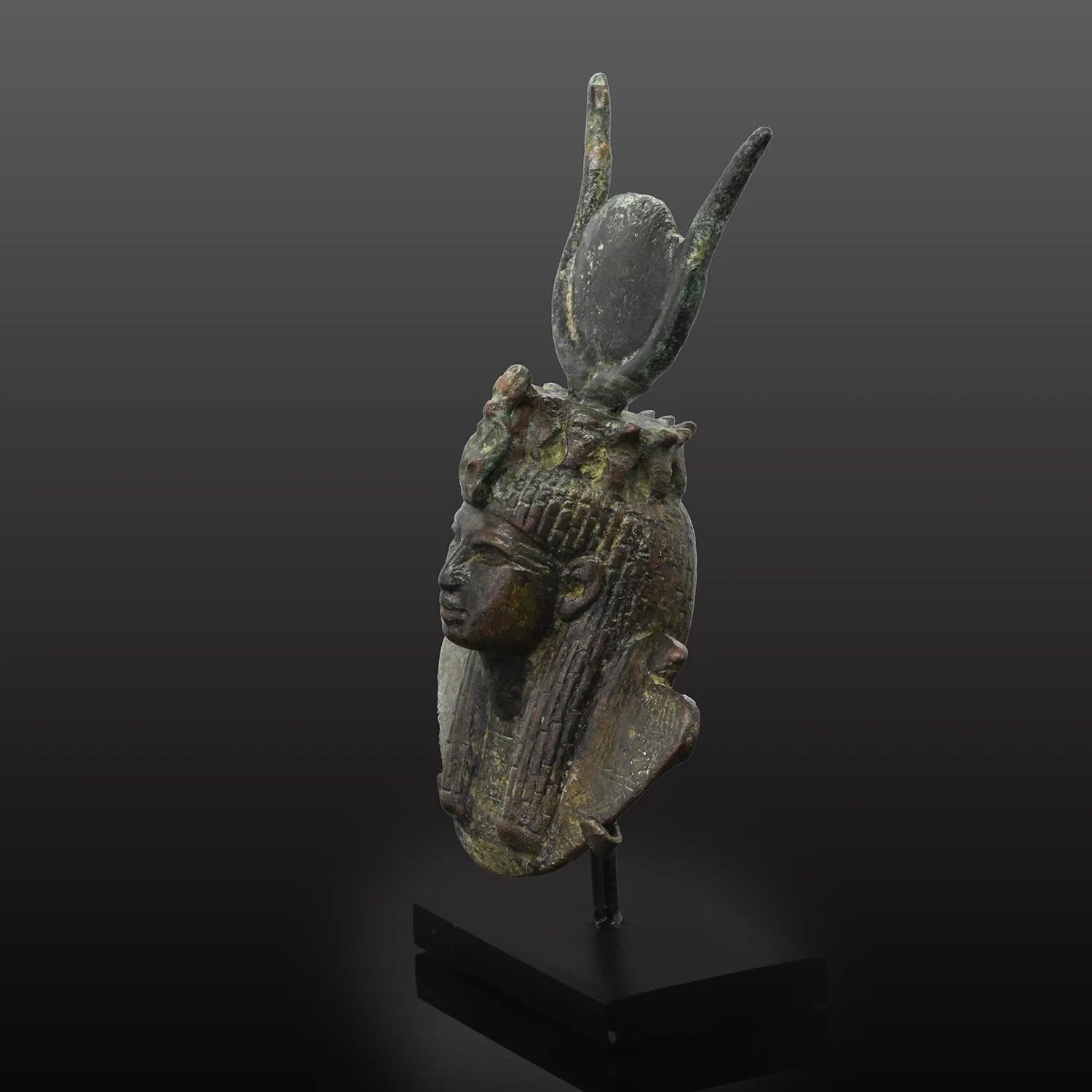
Gilded Bronze Aegis with Inlay Depicting the Goddess Isis
Period: Late Period, 26th Dynasty, c. 672–525 B.C.
Location: British Museum
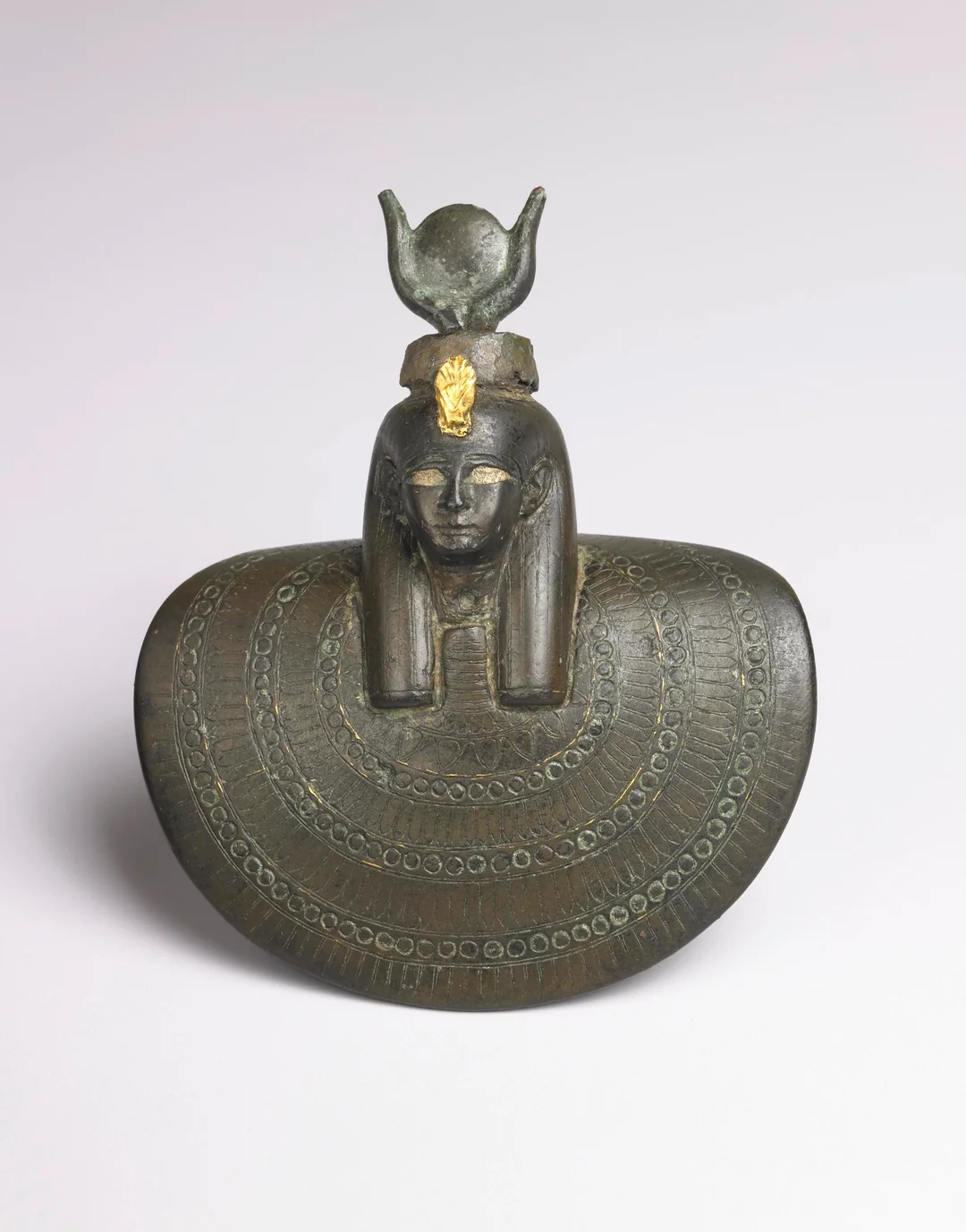
The great mother Isis, goddess of healing and magic, held a central place in ancient Egyptian religion. Though known today by her Greek name, the Egyptians called her Aset, meaning “Queen of the Throne.” This title is reflected in her headdress, often shaped like a throne. At times, she also wears the vulture headdress of the goddess Mut, or the sun disk with horns associated with Hathor, reflecting how she assimilated their qualities. Isis is also depicted as a winged goddess, bringing fresh air to the underworld when she visited her husband.
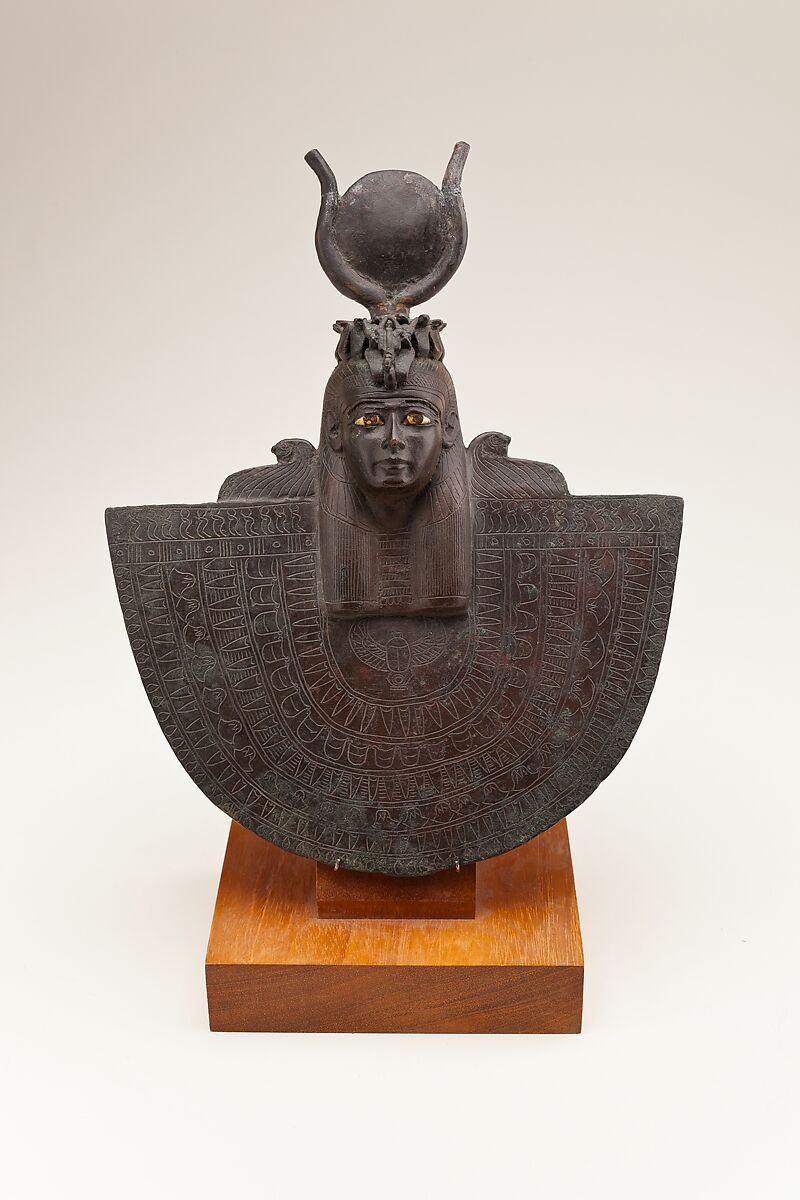
Isis was both sister and wife to Osiris, lord of the underworld. According to tradition, their love began even before birth. She was also the mother of Horus, the protector of the pharaoh. The most famous myth recounts how Seth, Osiris’s jealous brother, murdered and dismembered him, scattering his body parts across Egypt. Isis’s devotion in recovering and reviving Osiris was so profound that other deities assisted her in restoring him to life.
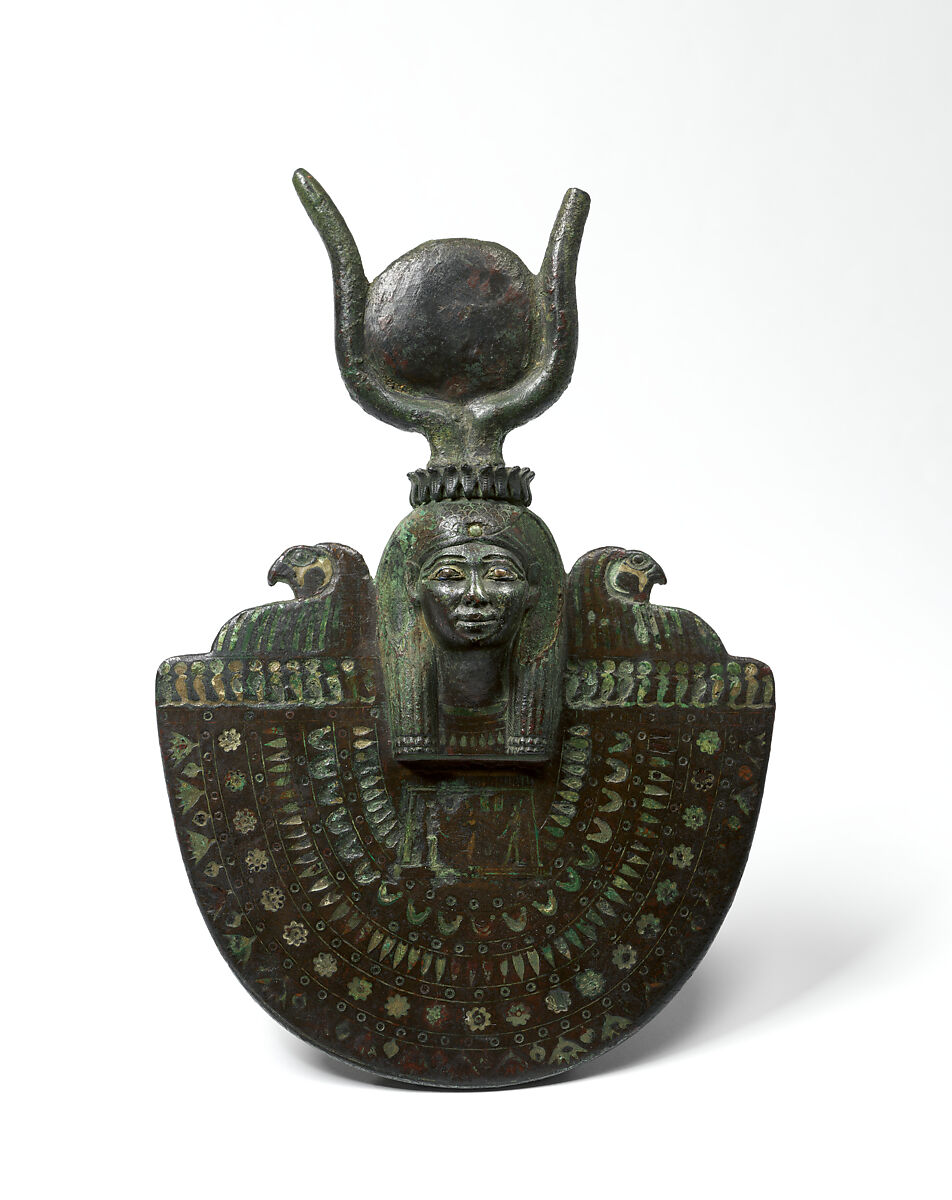
Revered for her many powers, Isis was celebrated as both the protector of women and the mistress of magic. Initially a secondary figure beside her husband, she rose over centuries of worship to become the Queen of the Universe and the embodiment of cosmic order. By the Roman period, she was believed to command even the power of fate itself.
